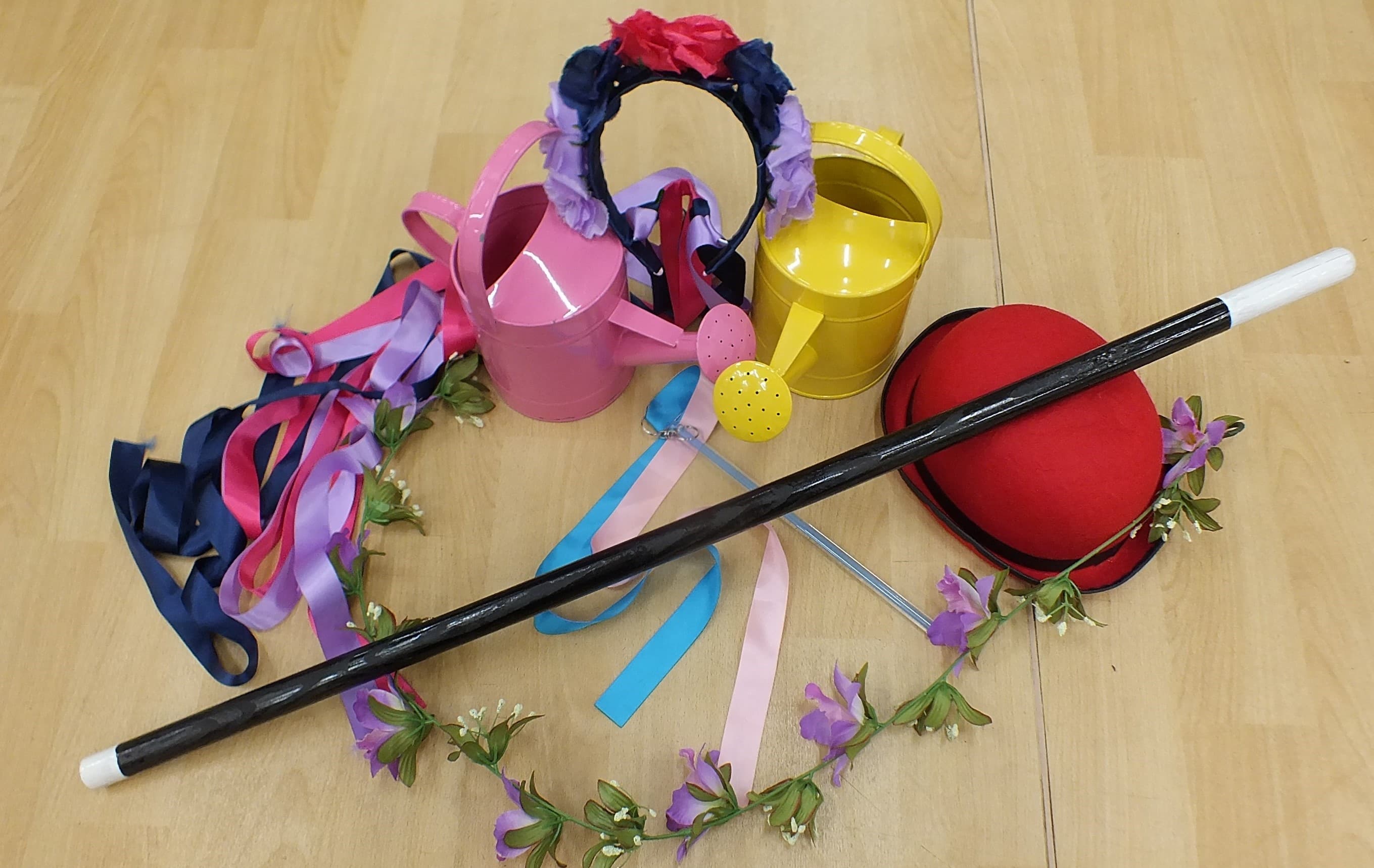Ballet has a fascinating history, evolving over centuries from royal court dances to the diverse, artistic performances we see today.
It began in the Renaissance (1300-1600) in Italy, where guests at grand balls performed small, graceful movements in heavy costumes and heeled shoes. Domenico De Piacenza and Catherine de’ Medici were key figures during this period, with Medici bringing ballet to France after marrying into the French royal family.
In the Baroque period (1600-1800), ballet began to tell stories. King Louis XIV of France loved ballet and worked with choreographer Pierre Beauchamp to formalize the five positions of the feet, which remain essential today. Performances became more elaborate, with dancers using facial expressions to convey emotions, setting the stage for ballet as a storytelling art.
The Romantic period (early 1800s) introduced ethereal, airy movements, emphasizing fantasy and emotion. Marie Taglioni, one of the first ballerinas to dance on pointe, became a sensation. Ballet spread to Russia, where it found a new home and developed even further.
The Classical period (late 1800s-1920s) marked the peak of ballet’s technical development. Marius Petipa, known as the father of classical ballet, worked with composer Pyotr Ilyich Tchaikovsky to create masterpieces like "Swan Lake", “Giselle”, “Don Quixote”, “Sleeping Beauty”, “Coppélia”, and the iconic "The Nutcracker." Ballets became grand productions with complex choreography, leaps, turns, and amazing costumes and scenery.
The Neo-Classical period (1920s-1960s) saw a shift towards simpler costumes and abstract storytelling. George Balanchine brought this style to the United States, where ballet became more experimental and fast-paced.
In the Contemporary period (1960-present), ballet fused with modern dance and jazz, allowing for more fluid, expressive movements. Choreographers like Wayne McGregor and Crystal Pite have helped push the boundaries of ballet, making it a global, ever-evolving art form that welcomes diversity and innovation.
Today, attending a ballet performance offers a stunning variety of styles, as many companies showcase a repertoire that spans from timeless classics of the 1800s to innovative, contemporary productions. This rich blend of tradition and modernity keeps ballet vibrant and exciting, inviting audiences to experience its ever-evolving artistry. Whether through the grace of classical works or the bold creativity of contemporary pieces, ballet continues to inspire and captivate, proving that it is truly a living art form that transcends time.
